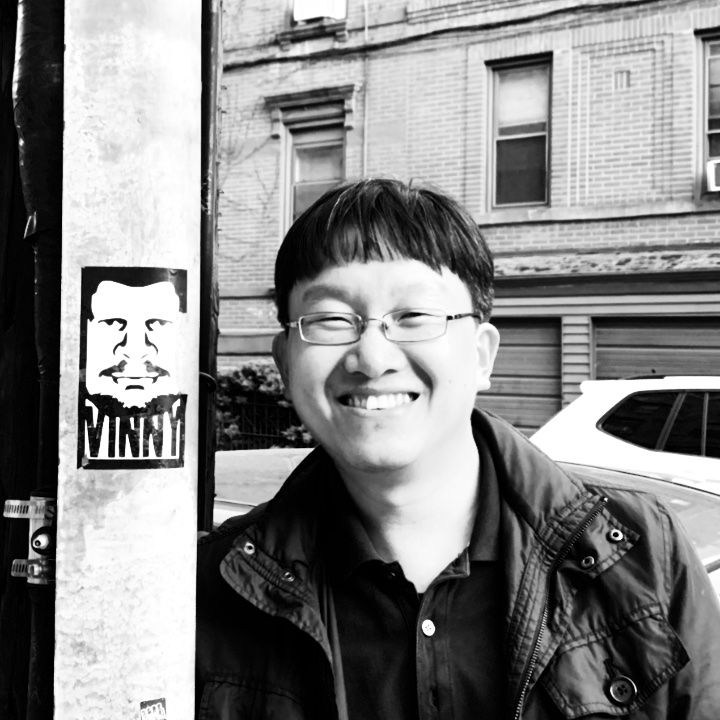Deterministic Lateral Displacement: Challenges and Perspectives
Published in ACS Nano, 2020
Recommended citation: Axel Hochstetter, Rohan Vernekar, Robert Austin, Holger Becker, Jason Beech, Dmitry Fedosov, Gerhard Gompper, Sung-Cheol Kim, Joshua Smith, Gustavo Stolovitzky, Jonas Tegenfeldt, Benjamin Wunsch, Kerwin Zeming, Timm Kr{\"u}ger, David Inglis, "Deterministic Lateral Displacement: Challenges and Perspectives." ACS Nano, 2020. https://doi.org/10.1021/acsnano.0c05186
1) Microfluidics has had a significant impact on various industries since the 1990s.
2) DLD is a widely used particle separation method with room for further understanding and optimization.
3) This Perspective aims to provide expert opinions on challenges and opportunities in DLD, focusing on micro- and nano-scale aspects.
Abstract
The advent of microfluidics in the 1990s promised a revolution in multiple industries from healthcare to chemical processing. Deterministic lateral displacement (DLD) is a continuous-flow microfluidic particle separation method discovered in 2004 that has been applied successfully and widely to the separation of blood cells, yeast, spores, bacteria, viruses, DNA, droplets, and more. Deterministic lateral displacement is conceptually simple and can deliver consistent performance over a wide range of flow rates and particle concentrations. Despite wide use and in-depth study, DLD has not yet been fully elucidated or optimized, with different approaches to the same problem yielding varying results. We endeavor here to provide up-to-date expert opinion on the state-of-art and current fundamental, practical, and commercial challenges with DLD as well as describe experimental and modeling opportunities. Because these challenges and opportunities arise from constraints on hydrodynamics, fabrication, and operation at the micro- and nanoscale, we expect this Perspective to serve as a guide for the broader micro- and nanofluidic community to identify and to address open questions in the field.
PMID: 32844655
